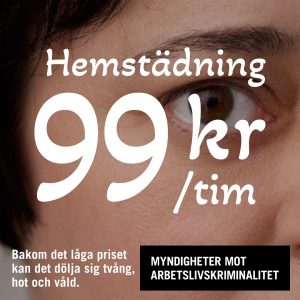From the outside, these countries are considered to be an example of
cooperation across the borders, without prestige and exaggerated
patriotism. As one example, the passport and customs union is
often highlighted. It was introduced already in 1954, with the common
labour market as maybe the most significant contribution, allowing for
the citizens of the Nordic countries to seek employment all over the
region without too many administrative obstacles.
Long before the Schengen agreement granted millions of Europeans the
opportunity to travel across the Continent, Northerners might just have
been doing that within their territory. Going by air from Helsinki to
Oslo with no need to show the passport was one of the distinctly
visible effects of that little Union up North.
A shared history, a language, which at least in Denmark, Norway and
Sweden is pretty much like those of their Nordic cousins, and a view of
the community which, in all Nordic countries alike, is characterized by
interdependence and solidarity, justice and equal rights, have indeed
contributed to the integration process in the whole region.As of next
year, the three Baltic countries Estonia, Latvia and Lithuania become
member states of the EU, and it may be assumed that even those new
democracies will be part of the Nordic concept.
There are already numerous cooperation projects put into practice
between the Nordic countries and the Baltic States. If you ask
passers-by in Latvia’s capital Riga about their closest neighbours,
they are likely to reply Sweden and Norway.A stroll through the Old
City of Riga gives evidence of the newcomers from the Nordic
neighbours: From the Dressman shop to Rema 1000, from H&M to
Nordea, the Nordic presence is easily noticeable.
The same goes for Tallin, where the Finnish influence is impressive,
not only the language, but also in politics and economy, you simply
cannot miss it. All the Nordic countries were up and about from the
very beginning, and helped the Baltic republics to build functioning
democracies after decades of Soviet occupation. This has been done with
care and sensitivity: Do not ride roughshod over, but consider
distinct interests and national preferences in the new states.
There is no need to guess too much whether the new Nordic region
will comprise more countries as of next year.
So far so good. There are, however, always two sides of a coin: The
Nordic cooperation has its weak sides. The joint concern is frequently
disturbed as national interest takes the helm.The desire to be the best
in the region has, unfortunately, developed into another form of
martial art. Just contemplate the field for tax reductions, where the
Nordic countries compete for the lowest corporate taxes, the lowest
taxes on alcohol and so forth. Or say, the attempts to impede mergers
of Nordic companies just because one country feels like being runover.
Inside the Nordic community a kind of competition has been let loose to
ascertain which nation is the leading. Competition is excellent, so the
saying goes. But it may occasionally turn into a brake block, an
impediment.
Such an outcome would be a pity, more so as the new Europe may learn
quite a lot from this region:A peaceful liberation like that of the
Baltic states is feasible, old enemies may talk to each other again,
and above all, an entire region can overcome ancient controversies and
cooperate without sacrificing their national identities.
The Europe of the Regions, so much the topic of conversation in
Brussels, has already become a reality in the Nordic countries,
although on a small scale. Following the extension of EU in May 2004,
the “new Nordic Region” will be inhabited by some 80 million people.
For that reason, the region is likely to have some impact within
Europe. It is essential to prove that we, in the Nordic countries, are
able to preserve that in which we excel:To integrate without running
over, to coordinate without dictating.That is indeed the Nordic model,
which quite a few other regions around the world may learn from.





